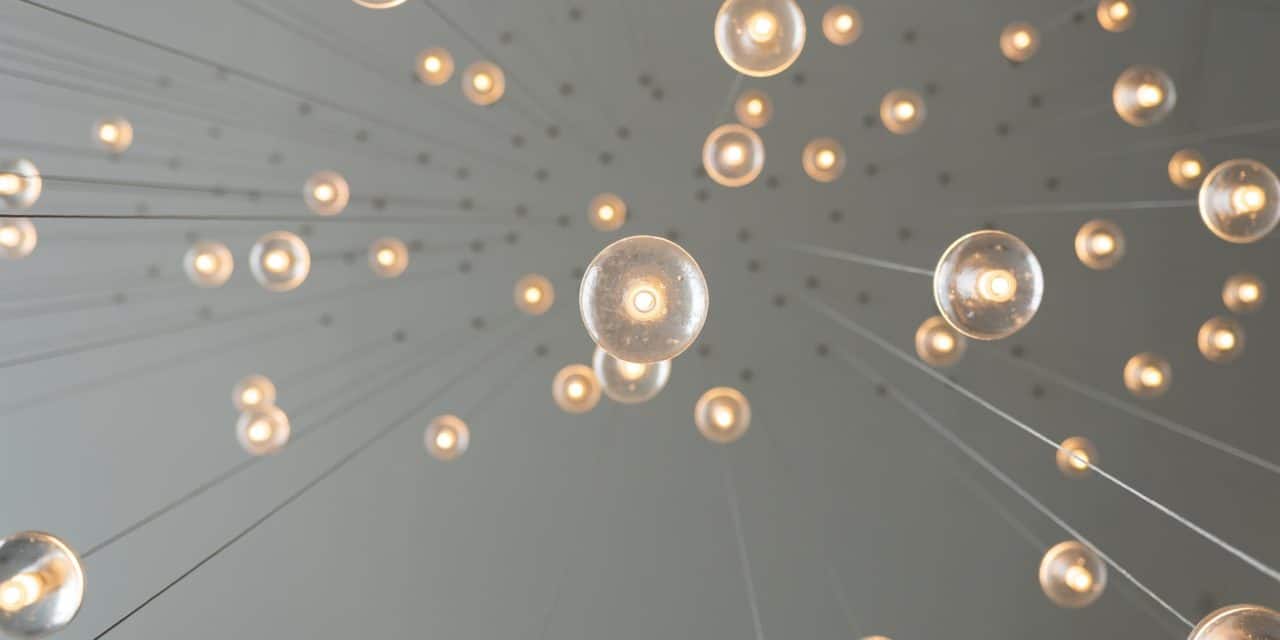[ad_1]
Did you know that high temperatures affect the life cycle and brightness of LED's? Heat sinks can help stop the lights from getting too hot. Too much heat means the allowed ambient temperature on the LED is exceeded. LED lights naturally have a cooler ambient temperature, and the longer the LED is working efficiently, the longer its estimated life span, saving you money, time and energy.
In the world of LED, there are two forms of warmth sinks, passive and active. Passive warmth sinks are larger, and the concept is the big heat sink directs heat can away from the LED face and allows it to operate at an optimum temperature. Some brands of heat sinks contain one or more fans for use in areas which are very hot. Both work well. Energetic heat dinks permit for a smaller foot print. Also, they perform quite efficiently inside an enclosed fixture, moving the air away from the LED face to the outside fixture, thus raising the scale of the heat sink.
Heat is the worst enemy of all things electronic, and LED is not any exception to this. Some products, like LED retrofit kits, use a large fan and thermocouplers mounted on the face of the driven head to mitigate the heat. If the thermocoupler detects heat above the desired stage, it would automatically begin to dim the LED head until the temperature drops. It then will elevate the brightness levels to normal ranges as soon as the heat conditions are resolved. So not only can you remedy the heat problems with good heat sink design, you can use electronics and logic to observe and shield LEDs from the damaging nature of heat.
The Mechanical Effects of Manufacturing on LED's
Mechanical rigidity during the manufacturing, assembling or just handling the LED effects the operating lifetime and even worse can destroy the LED. Pay attention about the ESD (electrostatic discharge) which causes a brief, but excessive present pulse. ESDs can break the LEDs in addition to the LED driver with a couple of volts. To avoid such issues, ensure you are working with a reputable firm which tests all their merchandise for at the very least 24 hours. Any negative issues that occur during manufacturing should be caught during the testing period, though some manufacturers may skip this step. It's pertinent to stay away from very low cost LED's due to this.
[ad_2]
Source by Lydia Quinn


